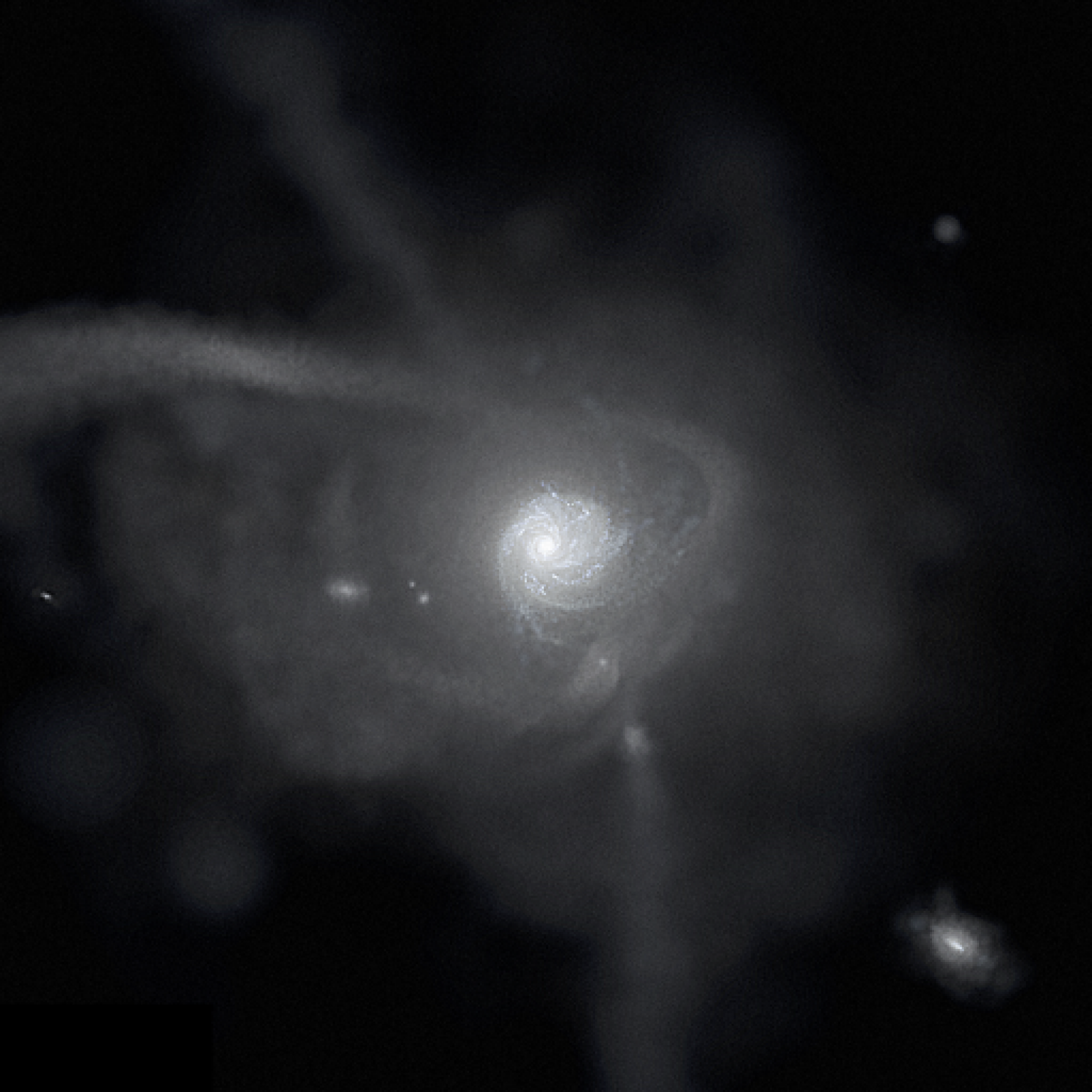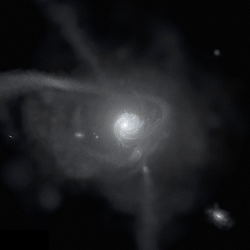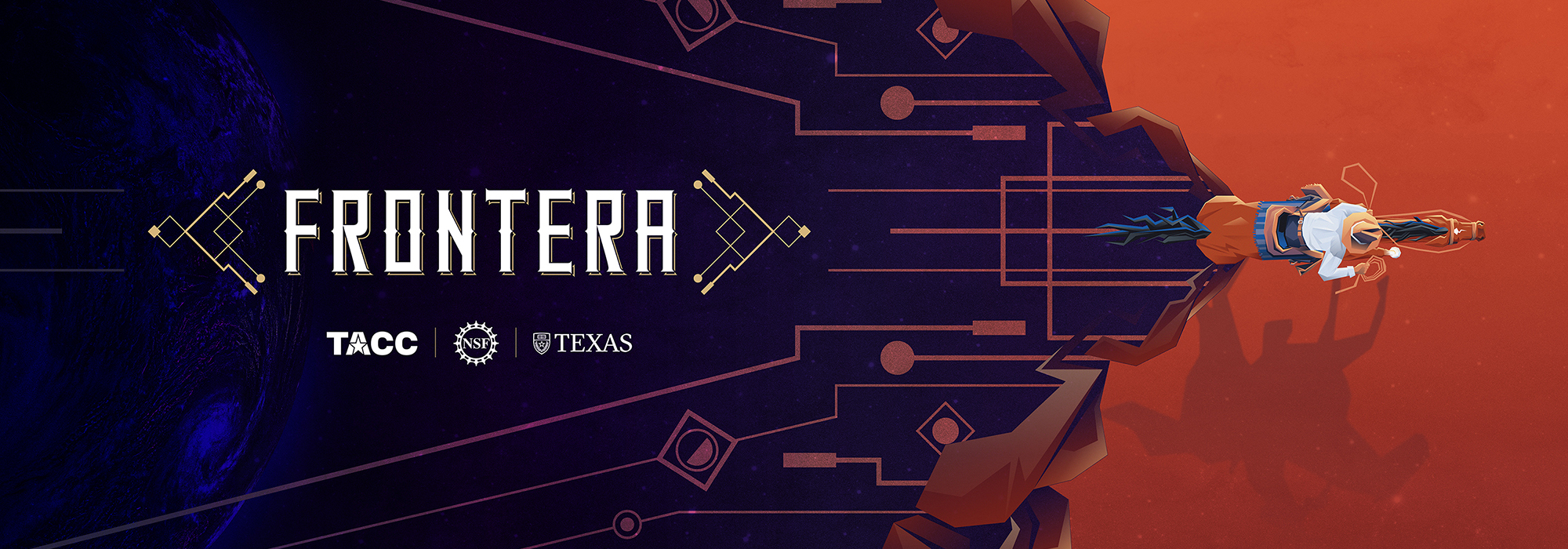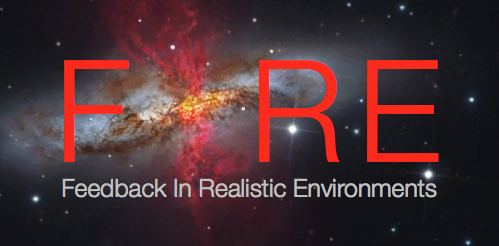The Texas Advanced Computing Center (TACC) selected Pratik Gandhi for a Frontera Computational Science Fellowship! This fellowship will provide one year of tuition and stipend, including a computing allocation on Frontera and collaboration and mentorship with members of TACC, for Pratik’s PhD project: Near-Far Connection: Using the Stellar Fossil Record of Local Group Dwarf Galaxies to Probe the Epoch of Reionization. Congratulations Pratik!
public data release of the FIRE-2 simulations
Nearly all of our FIRE-2 cosmological zoom-in simulations of galaxy formation are now publicly available!
In Wetzel et al 2023 we describe the first public data release (DR1) of the FIRE-2 simulations, available at flathub.flatironinstitute.org/fire. DR1 contains full snapshots from 46 different simulations, spanning massive to Milky Way-mass to ultra-faint galaxies, with up to 39 snapshots each across z = 0 to 10, as well as halo/galaxy catalogs, particle tracking, 3-D formation coordinates for each star particle, and additional data products. We provide a comprehensive description of the FIRE-2 simulations and data products, and we describe various publicly available Python analysis packages to make using these simulations easier.
This DR1 extends our initial data release (DR0) of a subset of FIRE-2 simulations, which contained complete snapshots of 3 of our Latte simulations of Milky Way-like galaxies at z = 0, accompanied by our Ananke synthetic Gaia DR2-like surveys that we created from these simulations (Sanderson et al 2020), which are available via yt Hub at ananke.hub.yt.
Dr. Jenna Samuel
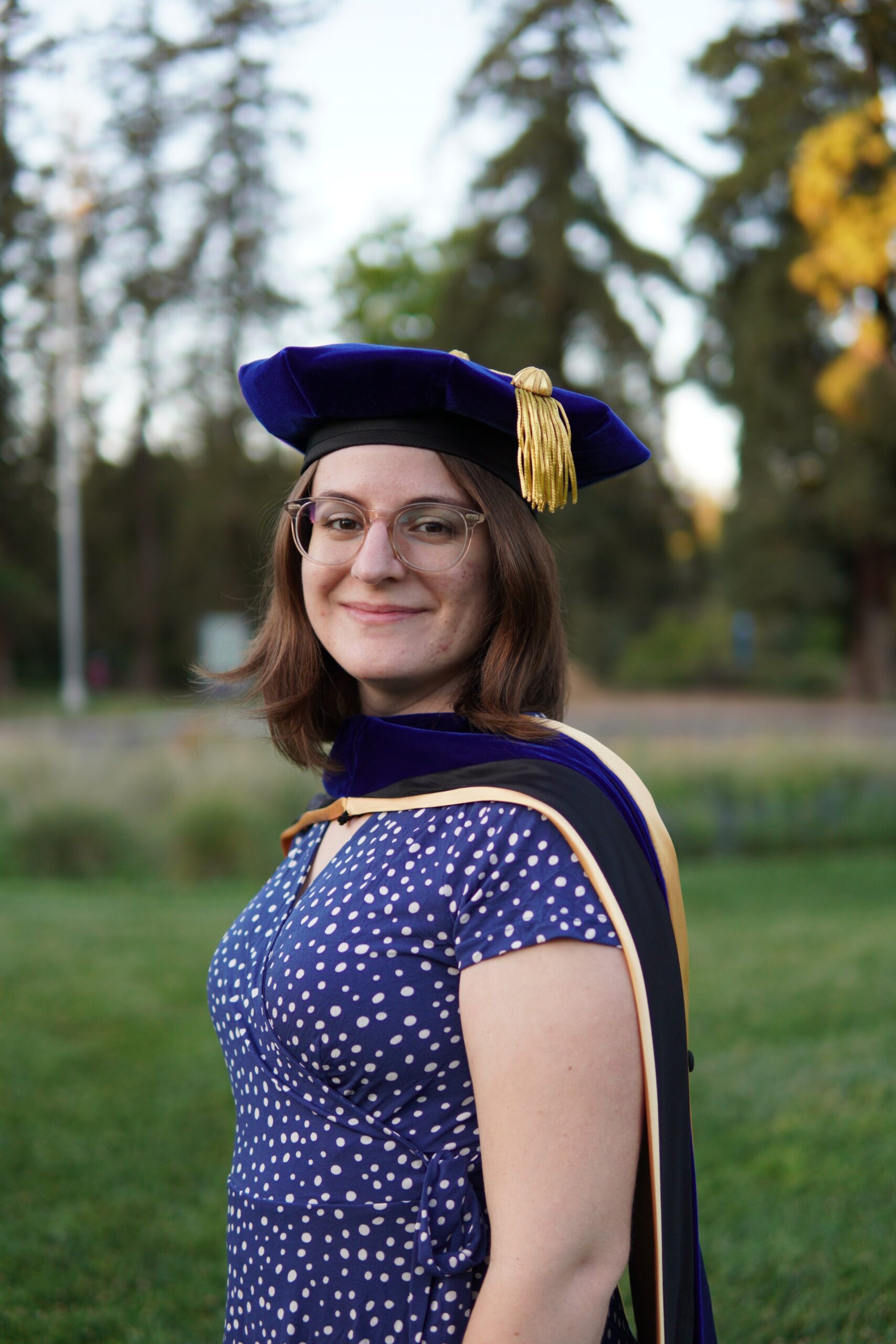
Dr. Jenna Samuel is our group’s first graduating PhD student! She completed her PhD dissertation on Local Group Satellite Galaxies in Cosmological Simulations. She will start as an NSF Astronomy & Astrophysics Postdoctoral Fellow in the Department of Astronomy at the University of Texas, Austin. Congratulations Dr. Samuel!
Isaiah Santistevan awarded NASA FINESST

NASA selected Isaiah Santistevan for a Future Investigators in NASA Earth and Space Science and Technology (FINESST) award! This grant will fund the final 2 years of Isaiah’s PhD project: Modeling the Cosmological Evolution of Satellite Dwarf Galaxies in 6D Phase Space. Congratulations Isaiah!
promotion to associate professor with tenure
Today I received my official letter from the Chancellor at UC Davis that, as of July 1, I will be promoted to associate professor with tenure. I acknowledge and sincerely thank all of my mentors in (astro)physics over the last 18 years who helped me arrive at this point, including (but by no means limited to):
NSF CAREER award
The National Science Foundation (NSF) has awarded me a Faculty Early Career Development Program (CAREER) grant of $800,117 for Galactic Archeology: Understanding the Building Blocks of the Milky Way across Cosmic Time.
This article from UC Davis College of Letters & Science highlights this award.
With this award, we seek to model and understand how our Milky Way and similar galaxies formed across cosmic time. We also develop a library of interactive Jupyter notebook tutorials, based on these simulations, to promote learning in computational analysis. Thank you to all current and former members of my group, as well as the FIRE collaboration, for helping to enable this science!
Samantha Benincasa awarded President’s Postdoctoral Scholarship at OSU
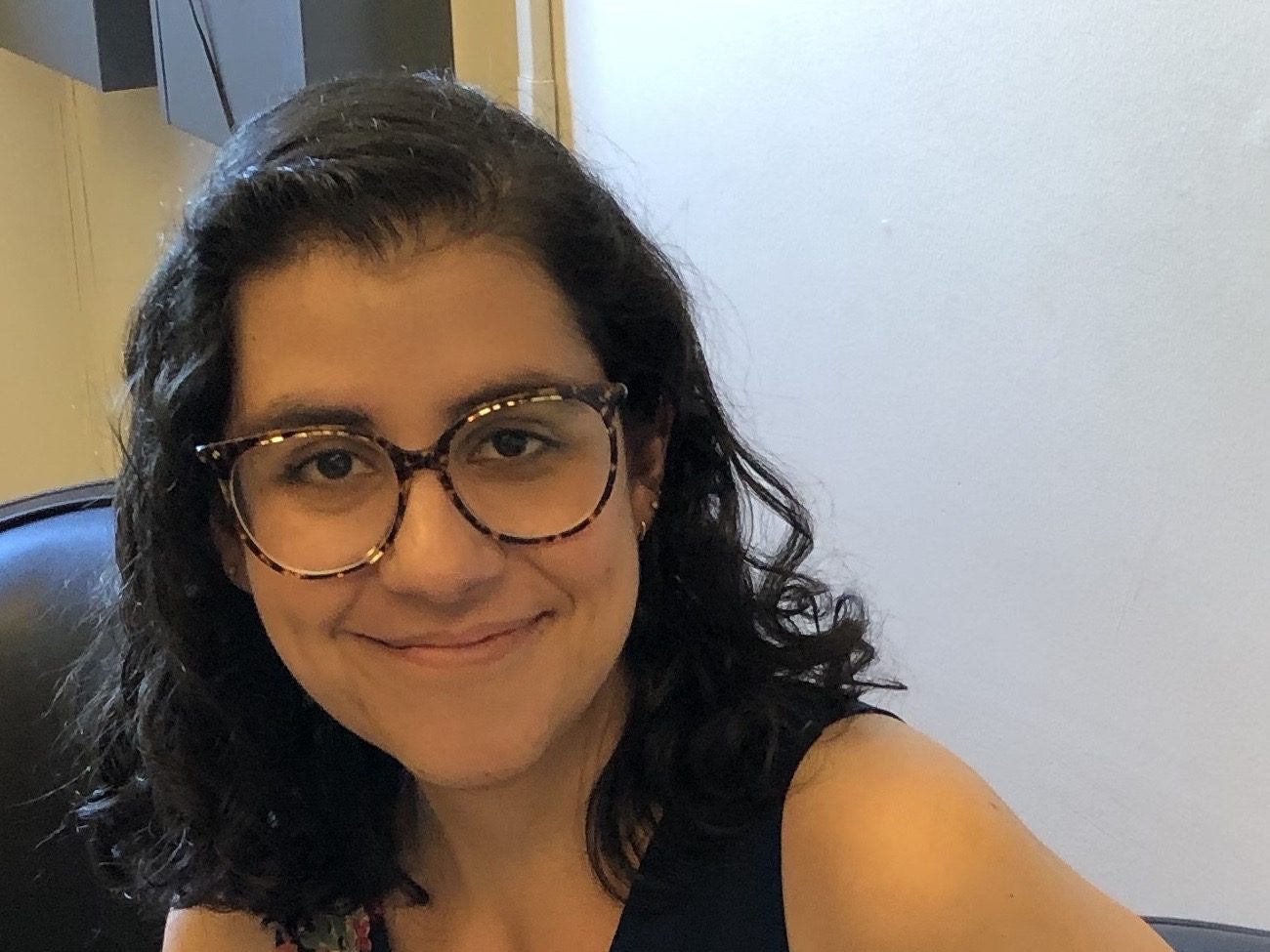
Samantha Benincasa, postdoc in our group 2018-2020 and ongoing collaborator, has been selected as a President’s Postdoctoral Scholar at the Ohio State University. Congratulations Sam!
Sky & Telescope article: plane of satellites
Sky & Telescope highlighted our recent research in their article: The Alignment of the Milky Way’s Entourage, Explained. PhD student Jenna Samuel led this work, to understand the origin of the thin plane of satellite galaxies around the Milky Way, including the likely important role that the Large Magellanic Cloud has played in causing this planar structure.
Jenna Samuel awarded NSF Postdoctoral Fellowship
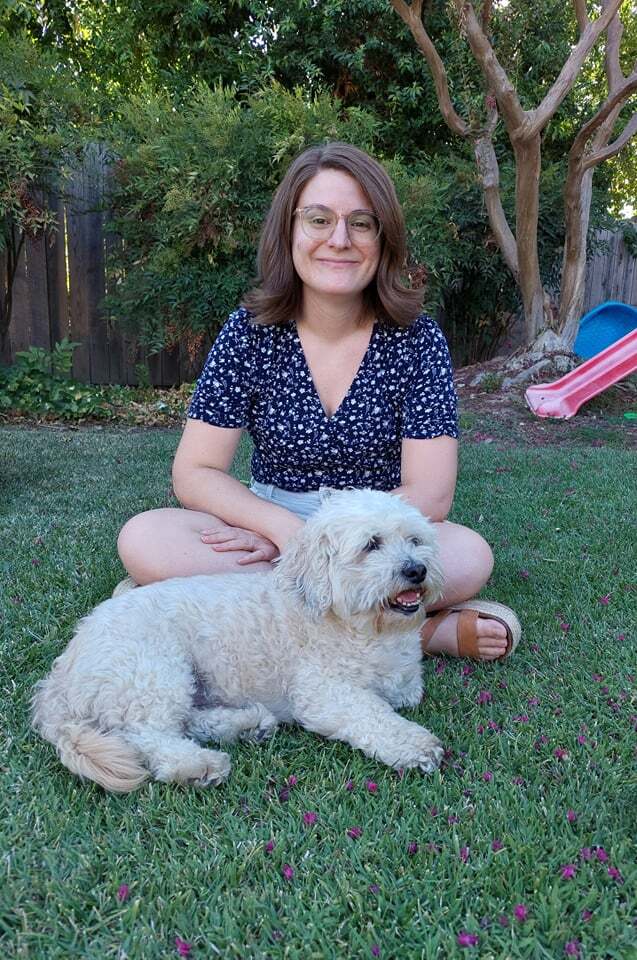
Jenna Samuel, our group’s first graduating PhD student, has been awarded an NSF Astronomy & Astrophysics Postdoctoral Fellowship from the National Science Foundation! Jenna will take this fellowship to the Department of Astronomy at the University of Texas, Austin this fall to pursue her project: Modeling the physics of gas removal and quenching in Local Group satellite galaxies with next-generation simulations. Congratulations Jenna!
Samantha Benincasa starts as postdoctoral fellow at OSU

Samantha Benincasa starts her new postdoctoral position as an NSERC Fellow and CCAPP Fellow in the Department of Astronomy at the Ohio State University. Sam has been a postdoc in our group since 2018. Congratulations Sam!
